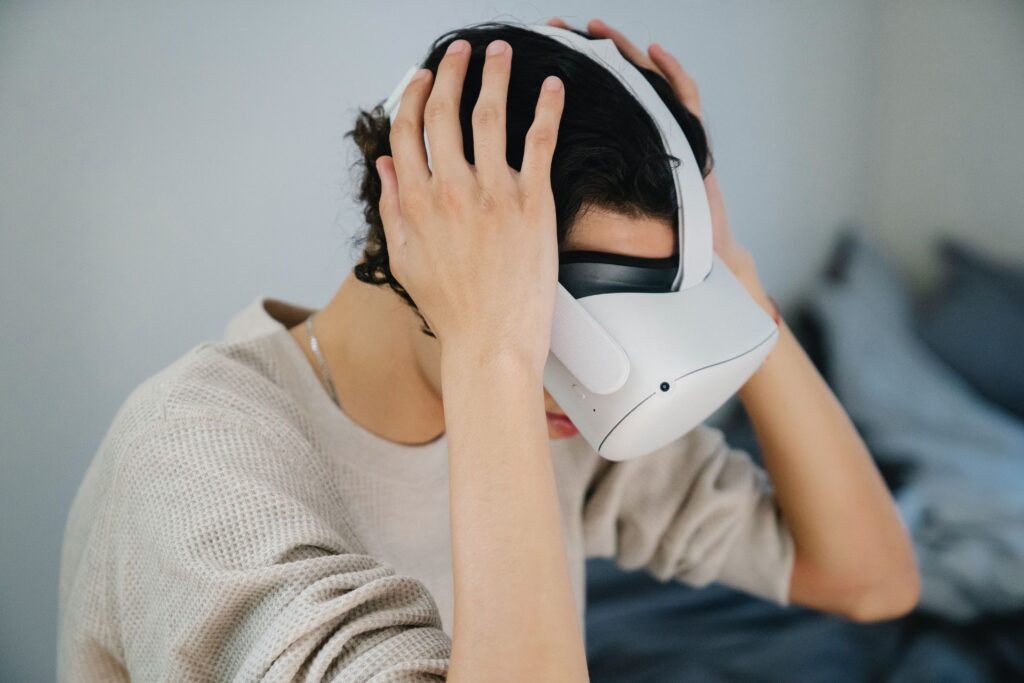How can we explain the effectiveness of embodiment therapies in the clinical context? The understanding of embodiment therapies in clinical psychology can be well justified and understood by multiple approaches to cognition. Here, we will focus on the Embodied Cognition research program.
During the last few decades, Embodied Cognition (EC) has gradually gained interest among scholars in psychology, cognitive science, and Neuroscience. According to this approach, the study of cognition cannot be reduced to the brain since the body plays a crucial and active role when shaping cognitive processes. So, the connection between external factors from the environment and the agent altogether (considering several body features) plays a key role in one’s cognitive capacities, procedures, and outcomes (such as beliefs and desires). These claims have been under extensive scrutiny from many cognitive scientists and neuroscientists. Yet, recent studies support the fact that reasoning is ameliorated when being assisted by other body parts rather than just the brain itself. However, it must be considered that research studies tend to consider some basic capacities such as numerical reasoning or different basic perceptual processes as an object of study. Nonetheless, the scope of EC is currently broadening, and it is already contemplating different sorts of everyday complex situations in which social cognition, for instance, plays a role. Hence, we will not consider the first cognitive procedures but the latter; people with different body types have certain beliefs about themselves and others that are influenced by their own body, and such beliefs, depending on the body, may be positive, neutral, judgmentally negative, etc.
Besides, this approach can be easily applicable to clinical psychology. In this case, EC perspective broadens and enriches the understanding patients, on the one hand, and on the other, by showing alternative treatments. To understand these ideas, two examples are followed: if we consider this approach in the case of disability, we may argue that the perception, beliefs, and desires of a disabled person whose movement depends on a wheelchair are radically different from someone who lives in other conditions. On the other hand, another example can be put with People Living With Obesity (PLWO). For the case of patients with obesity, some authors suggest that image dissatisfaction can very easily lead to cognitive biases if information about their bodies is selectively recalled with more ease than others. Hence, it is apparent that their own perception heavily influences the information they store and operate with about themselves. In related domains, such as other Eating Disorders, this approach is relevant as well, since the body the patient has dramatically changes across time, and thus influences to a great extent their understanding of the world and themselves. In conclusion, generally put, what it feels like to be inside a body is pivotal for understanding the multidimensional nature of the experience of clinical conditions. For this reason, in the last few years, different treatment alternatives in the psychological domain have emerged.
Here we will focus on Virtual Reality and embodied therapies for People Living With Obesity (PLWO). As said, due to their biased perception, PLWOs have long-lived facing prejudices and judgments that are internalized, making most of them very self-judgmental. For this reason, to overcome this, new therapies have given special consideration to embodiment techniques. It is believed that if patients use VR to inhabit virtual avatars, they will perform embodying activities that will help them overcome different problems; making VR an effective tool to facilitate cognitive change and modeling regarding biases and other sorts of problems.
However, how can VR be so useful for clinical problems that are related to body image? According to different researchers, its usefulness relies on the fact that immersive VR is an embodied technology that heavily influences the user’s body perception they have about themselves. To understand this with more precision, let’s deepen on this matter. First, VR allows PLWO (and other patients with different medical conditions whose problem concerns their body perception) to be aware of their body because of the navigation features the technology has. It makes the user adopt higher perceptive sensorimotor feedback from a first-person perspective in artificial environment. Plus, to support this, it is the environment can have an object (as a mirror) to reflect the avatar and make the user aware of their own body from the outside while being embodied simultaneously. To understand it better, other characteristics, such as that VR allows the professional to make substantial changes that are considered therapeutic for the user, are of help. For instance, for enhancing motivation to change, changing their avatar or environment can increase motivation levels or the perception participants can have about themselves in the real world. Therefore, biases can be easily overcome by changing the perception Users have about themselves through the use of VR.
In this post, at first we have introduced what the Embodied Cognition is. Later, we have shown how it can enrich the medical understanding of the patients and how it is a useful tool for medical treatment. Finally, we have reasoned why VR can be effective in according to the EC approach in a medical context.
About the author
Pol Herrero is a Pre-doctoral psychologist researcher graduated with the Cognitive Science Master’s Degree from Universitat de Barcelona. Currently, he is working at the Vall d’Hebron Instute of Research in Barcelona, Spain, involved in the SOCRATES project.

